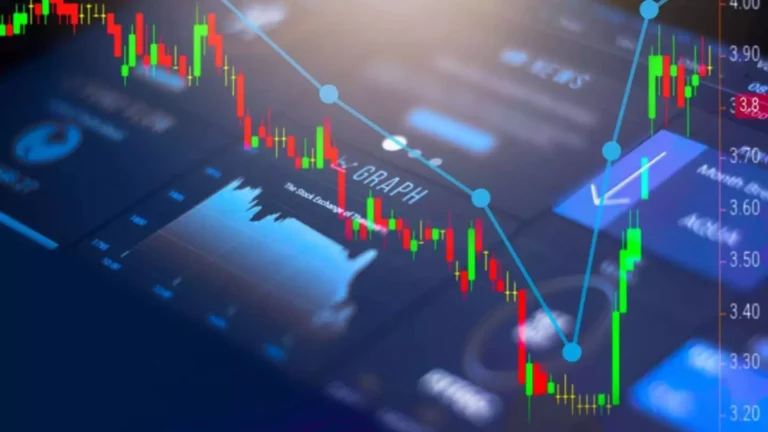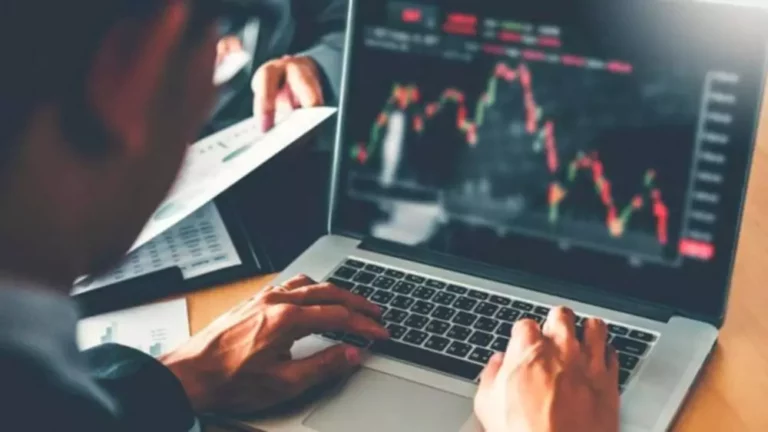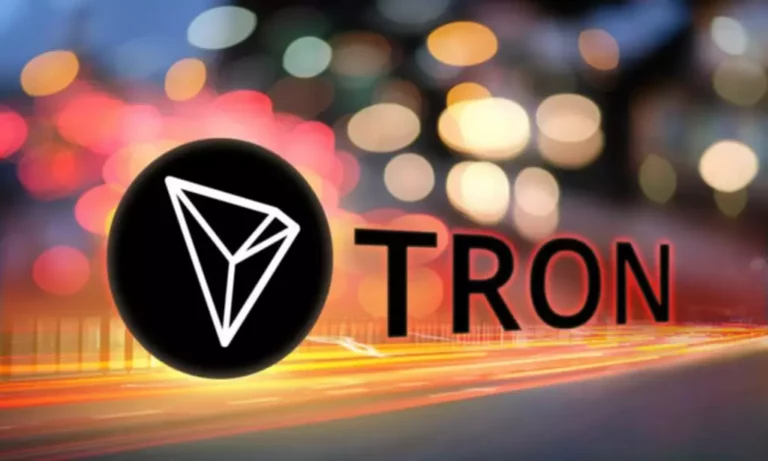Coin burning on its own doesn’t tell you whether a cryptocurrency is a good investment. By knowing how coin burning works, you can better understand the cryptocurrencies that use it. Although the crypto community generally views coin burns as more positive than negative, there is still a great deal of skepticism about coin burns. Different types of cryptocurrency use coin burning in different ways, and it’s important to understand the approach of any crypto in which you’re considering investing.

She has developed expertise in covering commodity, equity, and cryptocurrency markets, as well as the latest trends across the technology sector, from semiconductors to electric vehicles. It aims to increase scarcity by reducing supply, driving up the crypto’s value, and encouraging users to hold it for the long term. Coin burning is also seen as similar to the way in which central banks remove physical coins or notes from circulation to adjust a currency’s availability and purchasing power. Coin burning is likened to corporate stock buybacks, in which companies that are publicly listed on stock exchanges repurchase their own shares. As the company cancels the shares and reduces its overall share count, its net profit per share rises, strengthening the stock’s value to shareholders. Basically, this is done by transferring a portion of coins to an ‘eater address’.
Examples of coin burns
To understand this much deeper, one must learn the concept of demand and supply. Cryptocurrencies, have a fixed coin supply, and no new coins are generated once the total supply is achieved. Most investors think that burning the coins will increase their value in the market; however, this has taken a turn since the Coin supply has reduced by over 50%. Proof-of-burn is a consensus mechanism implemented by certain blockchain networks.

The action can influence investor and user sentiment which would have more of an effect of driving prices up and down. Cryptocurrency is “burned” when a coin is sent to a wallet address that can only receive coins. Cryptocurrency wallets have private keys that let you access the token you have stored in them; however, burner addresses do not have a private key, which https://www.xcritical.com/ means the tokens are gone forever. Cryptocurrency burning is the process in which users can remove tokens (also called coins) from circulation, which reduces the number of coins in use. The tokens are sent to a wallet address that cannot be used for transactions other than receiving the coins. The wallet is outside the network, and the tokens can no longer be used.
How did coin burning begin?
Compared to the proof-of-work and proof-of-stake mechanisms that use vast amounts of energy to do crypto transactions, the proof-of-burn mechanism is different. By burning a set amount of coins, one can incentivize miners, or transaction validators, and other stakeholders to continue holding coins. This demonstrates a long-term commitment to scarcity, making token holders marginally richer than they would have been otherwise. “The economic rationale for crypto burning is to control the supply of digital assets,” said Russell Stanley Geronimo, a corporate lawyer specializing in blockchain, decentralized finance and tokenomics.

When crypto burning is embedded as part of an algorithm’s verification system, transactions are automatically verified. These protocols save resources while maintaining a fluid, active network. Now, Buterin has also burned a further what does it mean to burn crypto 410 trillion of his Shiba Inu tokens—worth around $6.5 billion at the time of writing—taking them out of circulation. The transaction, made on Sunday, can be viewed on Etherscan, which keeps track of Ethereum transactions.
You are unable to access coindcx.com
Thus, resulting in higher returns for investors who hold the tokens. Additionally, the token burn can create a more attractive investment opportunity for investors. Interestingly, the scarcity of tokens can make the tokens more valuable. Token burns may carry a wider economic plan, such as reducing inflation or increasing tokens’ scarcity to drive their value. However, token burns may be used to reward holders of the tokens, for example, by burning a portion of the tokens that a particular group of investors holds.

Users indirectly ‘pay’ for the cost of sending a transaction on the network. This way, the entire network benefits from greater value since the supply of native coins reduce over time, which will eventually increase prices in the long-term. When a cryptocurrency community decides that they want or need to destroy units of a specific cryptocurrency, they use a process called coin burning.
Does Bitcoin Burn Coins?
Coin burning works by sending the coins or tokens to a so-called “burner” wallet address, or public key, with an unknown private key. The wallet can receive coins or tokens, but they can no longer be retrieved or used. In effect, a coin burn locks away the crypto and throws away the key.
